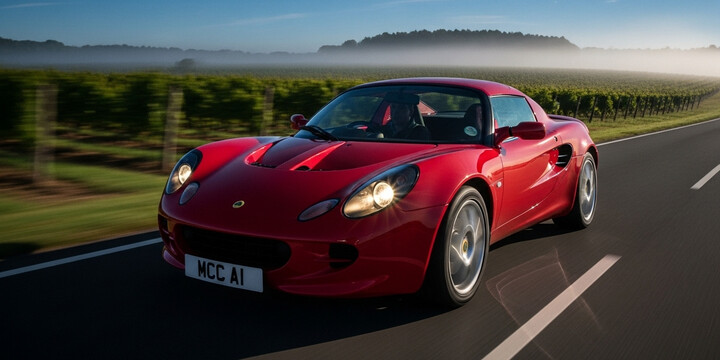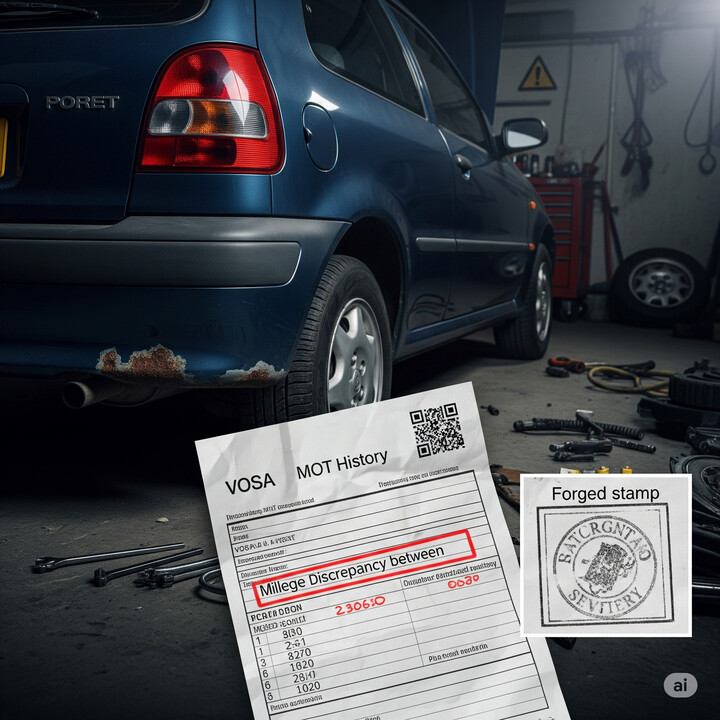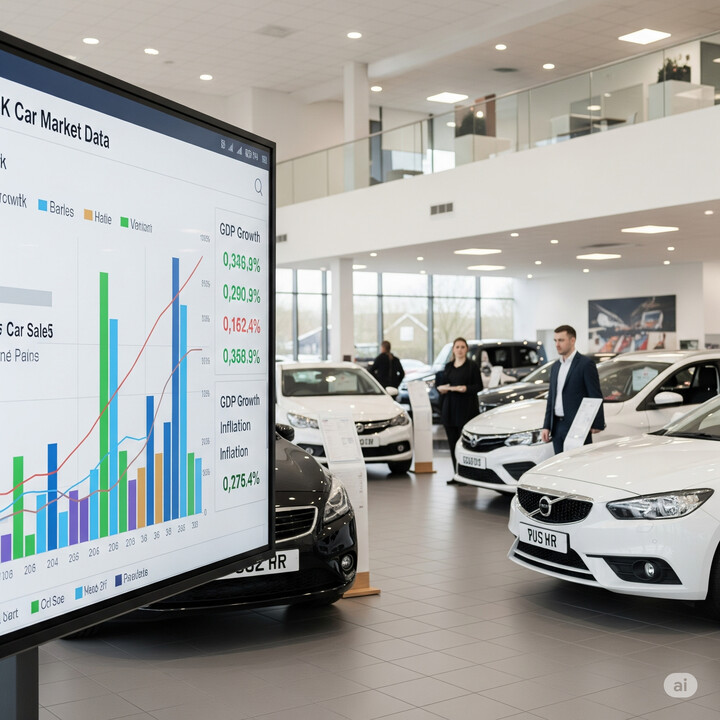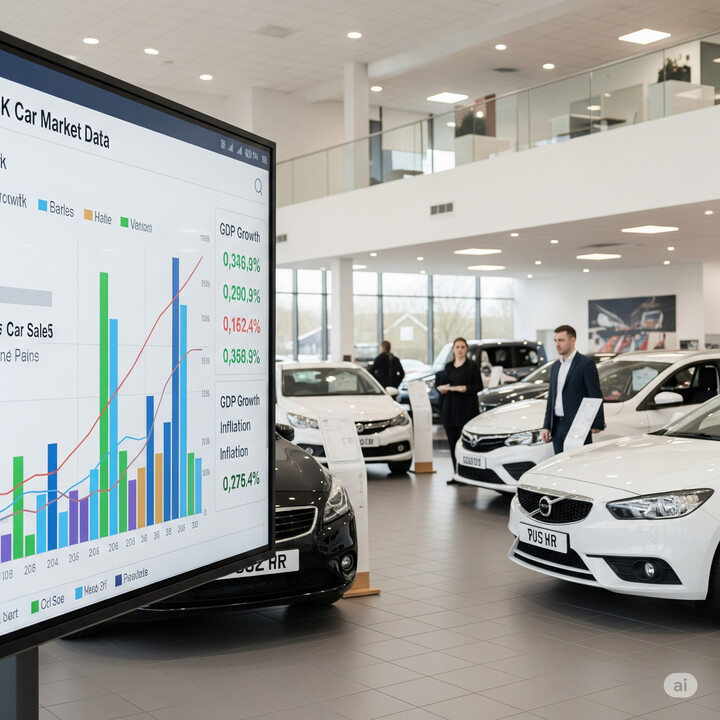
LOTUS ELISE (1996-19)
The LOTUS ELISE (1996-19) is a iconic sports car renowned for its sleek design and exhilarating driving experience. Classified as a lightweight, two-seater sports car, it stands out in the UK market for enthusiasts seeking agility and performance rather than family or practical use. Ideal for car lovers, weekend drivers, and those who value a dynamic road presence, the Elise offers a pure, engaging ride that's perfect for spirited drives or track days.
What makes the LOTUS ELISE particularly notable is its minimalist, aerodynamic design and exceptional handling, making it a favourite among driving purists. Often used for recreational motoring, it appeals to drivers who appreciate craftsmanship and a distinctive, sporty look. Compared to more mainstream rivals, the Elise’s focus on lightness and precision handling sets it apart, providing a truly unique experience on the road. With an average valuation of around £11,484 and a typical mileage of about 48,458 miles, the LOTUS ELISE (1996-19) remains a sought-after choice for those who want a special, performance-oriented vehicle.

average use

The most recent mileage data for Lotus Elise (1996-2019) vehicles shows that the majority of recorded readings are clustered between 20,000 and 70,000 miles, accounting for roughly 59% of entries. Notably, there are small percentages of vehicles with very low mileage (0-20,000 miles) at around 15.2%, and a minor proportion with high mileage over 100,000 miles, collectively representing about 4.7%. An interesting observation is the relatively higher proportion of vehicles with lower to moderate mileage (under 70,000 miles), suggesting many tend to be relatively well-preserved or seldom used. The presence of a small percentage with extremely high mileage (over 150,000 miles) indicates some vehicles have seen substantial usage or have been well-maintained over long distances.

vehicle values

The private sale valuation data for Lotus Elise (1996-2019) reveals a heavily skewed distribution towards lower price brackets, with the highest percentage (23%) of valuations falling within the £4,000 to £5,000 range. This suggests that most private sales are clustered around this lower core value. There are relatively few valuations at the higher end, such as over £20,000, which account for very small percentages, indicating that higher-priced models are less common in private sales. The data also shows a gradual decrease in percentage shares as the price increases, highlighting that the majority of private sales occur at the lower to mid-range prices, possibly reflecting market conditions or the typical condition and age of vehicles in private transactions.

production years

The data on the year of manufacture for Lotus Elise models from 1996 to 2019 reveals several notable points. The most common production years within this sample are 2002, accounting for 17.4%, followed by 2001 at 10.6%, and 2000 at 10.3%. There is a significant drop in newer models, with only small percentages from 2010 onward, such as 2010 (5%), 2016 (5%), and 2017 (1.8%). The data suggests that a large proportion of vehicles are from the early 2000s, indicating they are relatively older models. Interestingly, very recent years like 2017 and 2016 have minimal representation, which might imply lower numbers of newer vehicles or fewer recent imports. Overall, the sample is heavily weighted towards earlier production years, with a few vehicles from the last decade, highlighting the longevity and continued presence of older models in the market.

colour popularity

The data for the main paint colours of Lotus Elise (1996-2019) reveals that Blue is the most popular choice, accounting for 23% of vehicles. This is followed by Black at 16.7% and Grey at 13.8%. Notably, brighter colours such as Red (12.8%) and Yellow (5.7%) are less common, while less traditional shades like Purple (2.1%) and Orange (3.5%) occupy smaller proportions. Additionally, subtle hues like Grey/Black (0.4%) and Yellow/Green (0.7%) are quite rare, highlighting a tendency among owners toward more classic or neutral tones. Overall, the colour distribution suggests a preference for bold, classic colours, with a significant leaning toward Blue.

ownership cycle

The data indicates that for the 'LOTUS ELISE (1996-19),' the majority of vehicles have had multiple registered keepers, with the largest proportion (15.6%) having five previous keepers, and a significant segment (15.2%) with two. Notably, the distribution includes a range of ownership histories, from most vehicles having between 1 to 8 owners, to smaller numbers with higher or lower counts. Interestingly, the percentages decrease as the number of keepers increases beyond 8, suggesting fewer vehicles with many previous owners. This pattern may reflect the vehicle’s niche appeal or its usage history within the UK market.

engine choices

The data for Lotus Elise (1996-19) indicates that the majority of these vehicles have an engine capacity of approximately 1796 cc, accounting for about 65.2% of the vehicles. Other engine sizes are less common, with small percentages of vehicles featuring capacities around 1798 cc, 1794 cc, and smaller variants. Notably, 100% of these vehicles use petrol as their primary fuel type, reflecting the engine preferences for this model. Overall, the data suggests a strong consistency in engine capacity and fuel type among Lotus Elise vehicles from this period.












